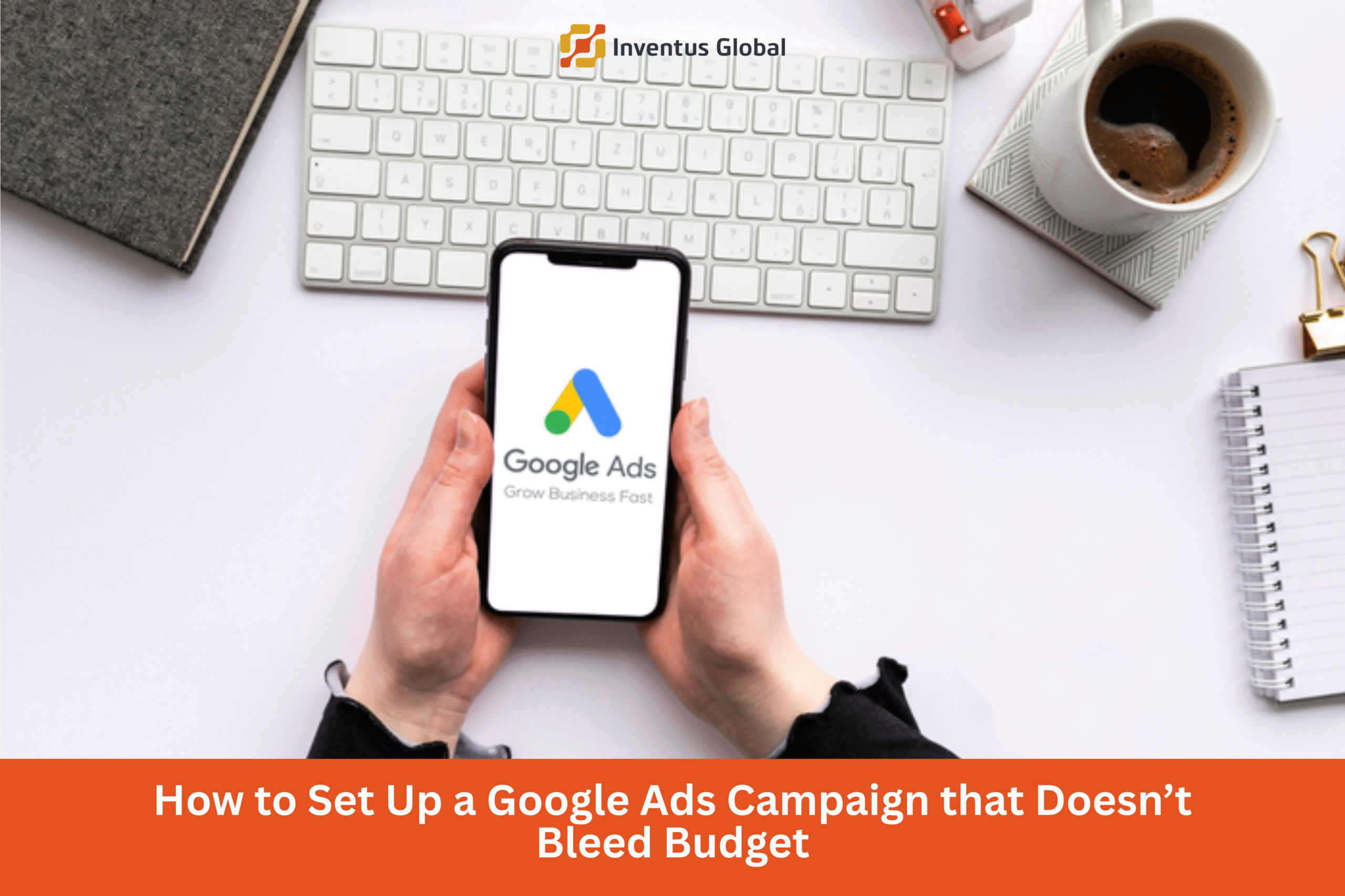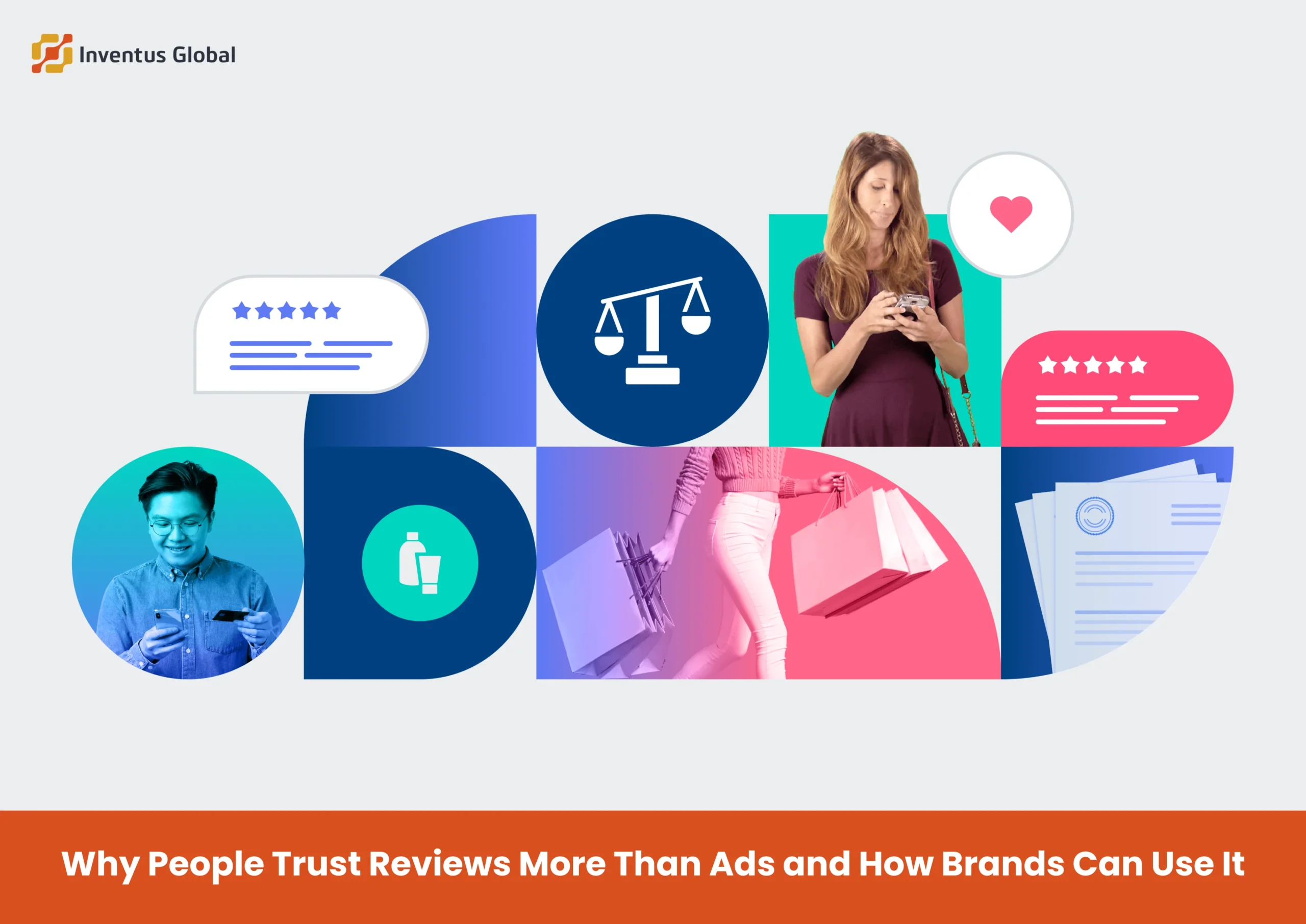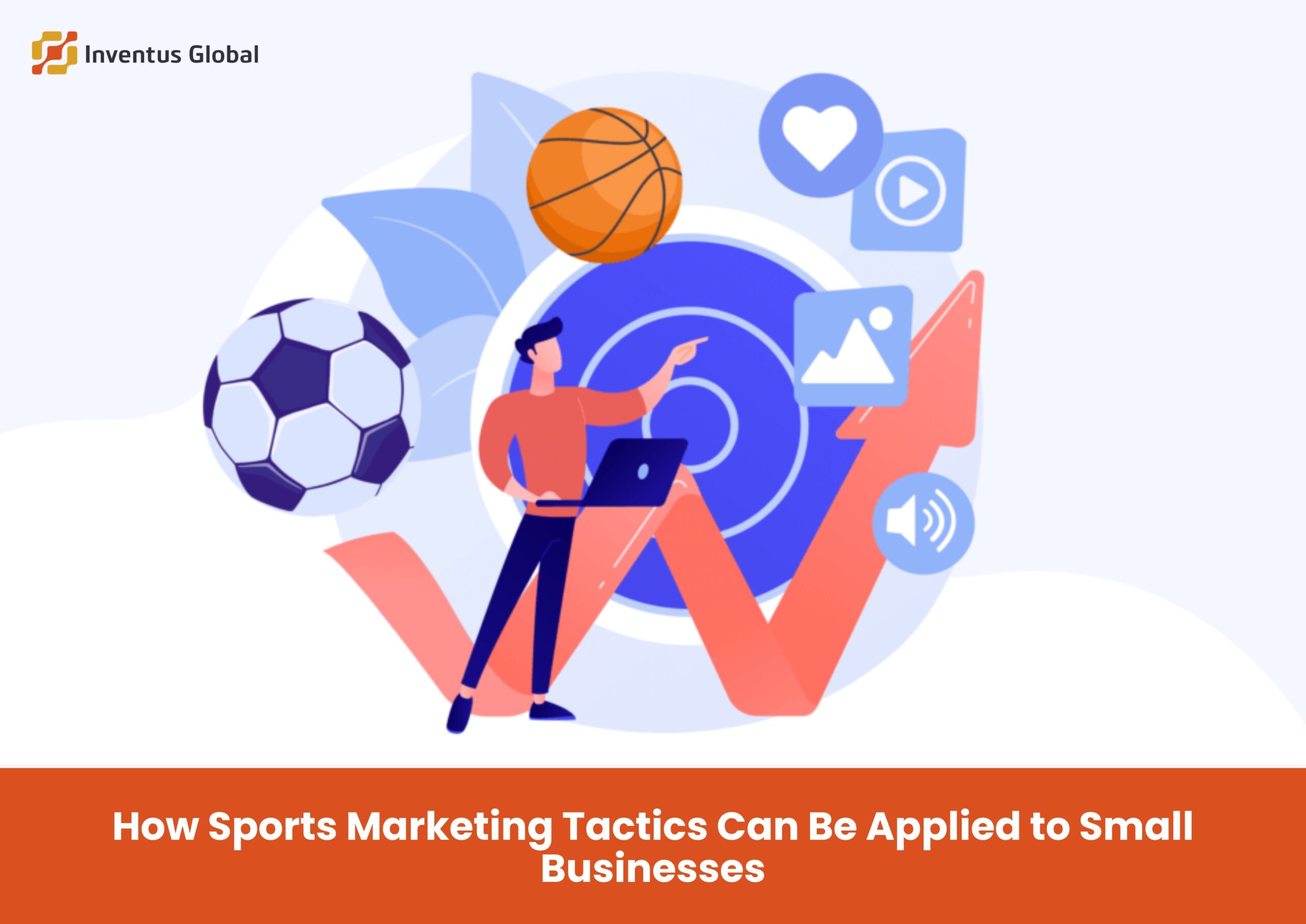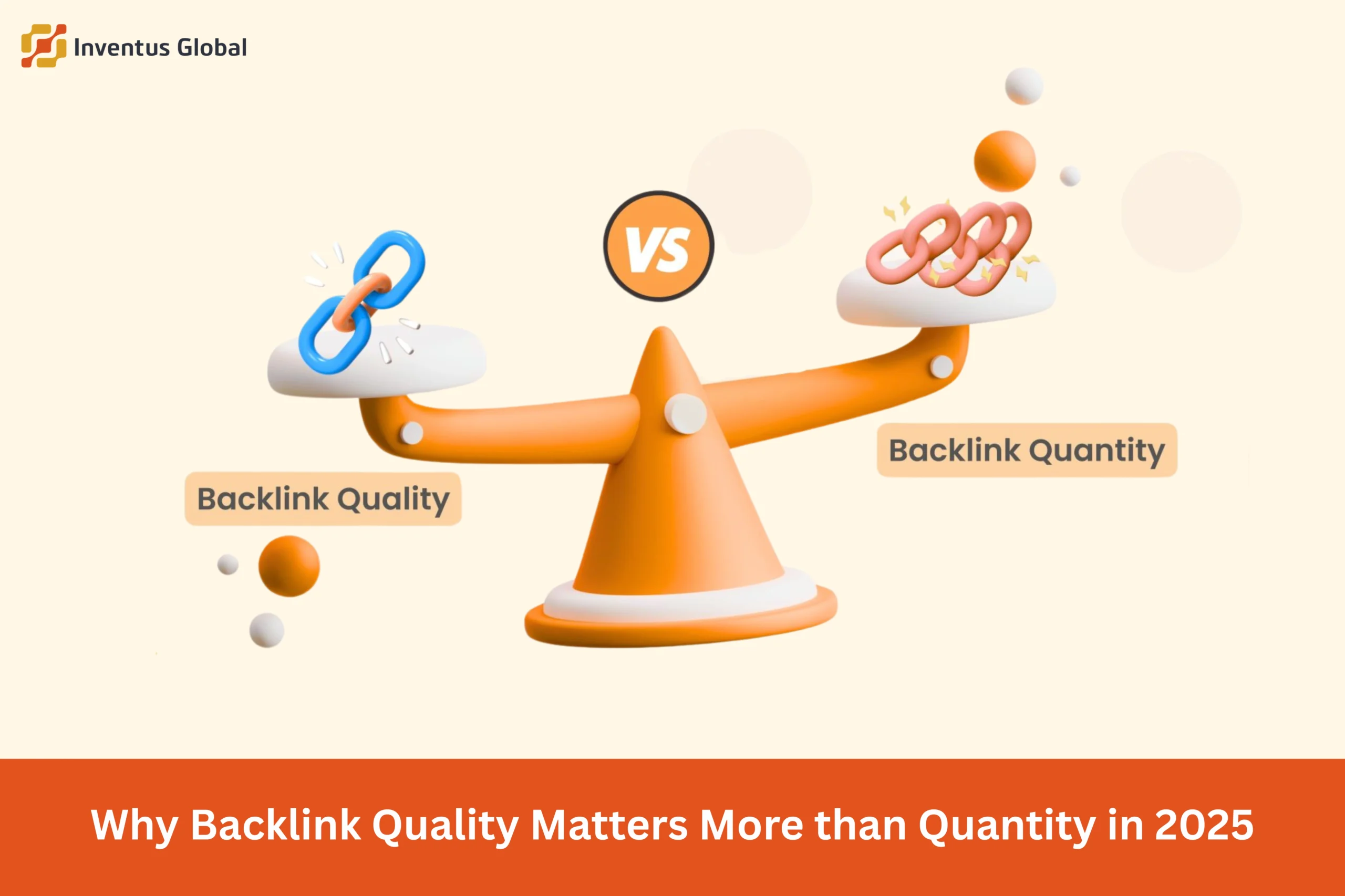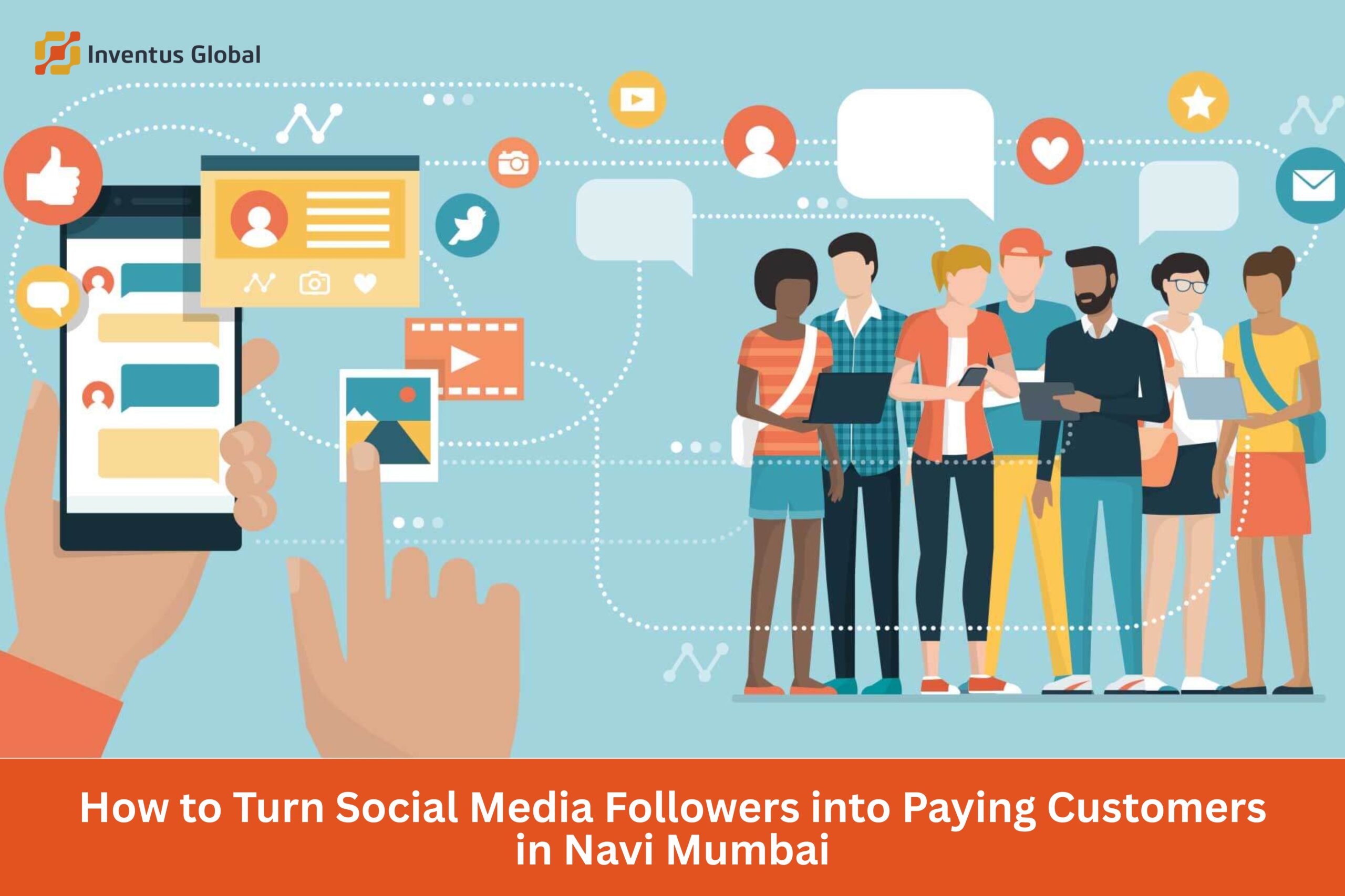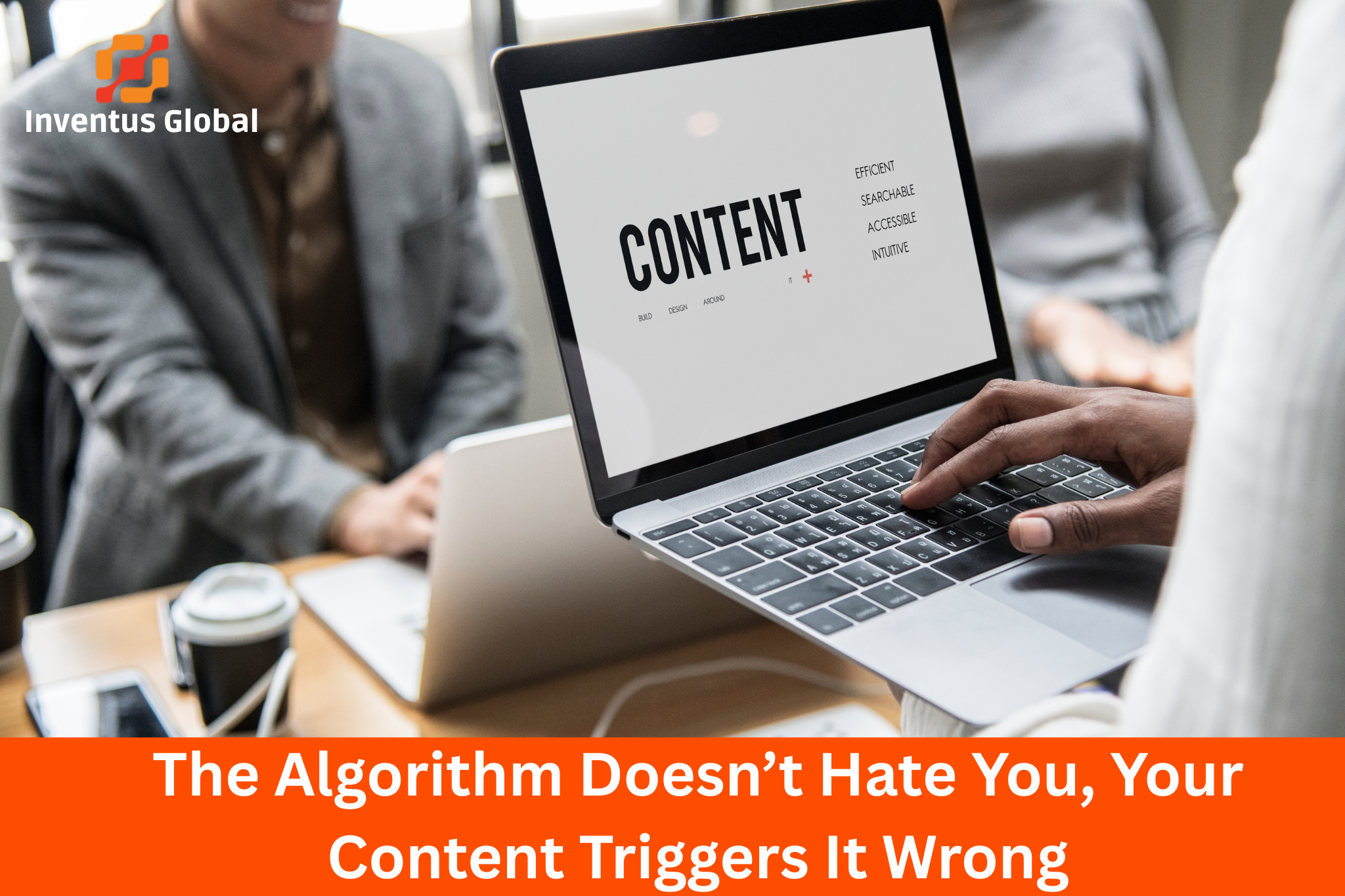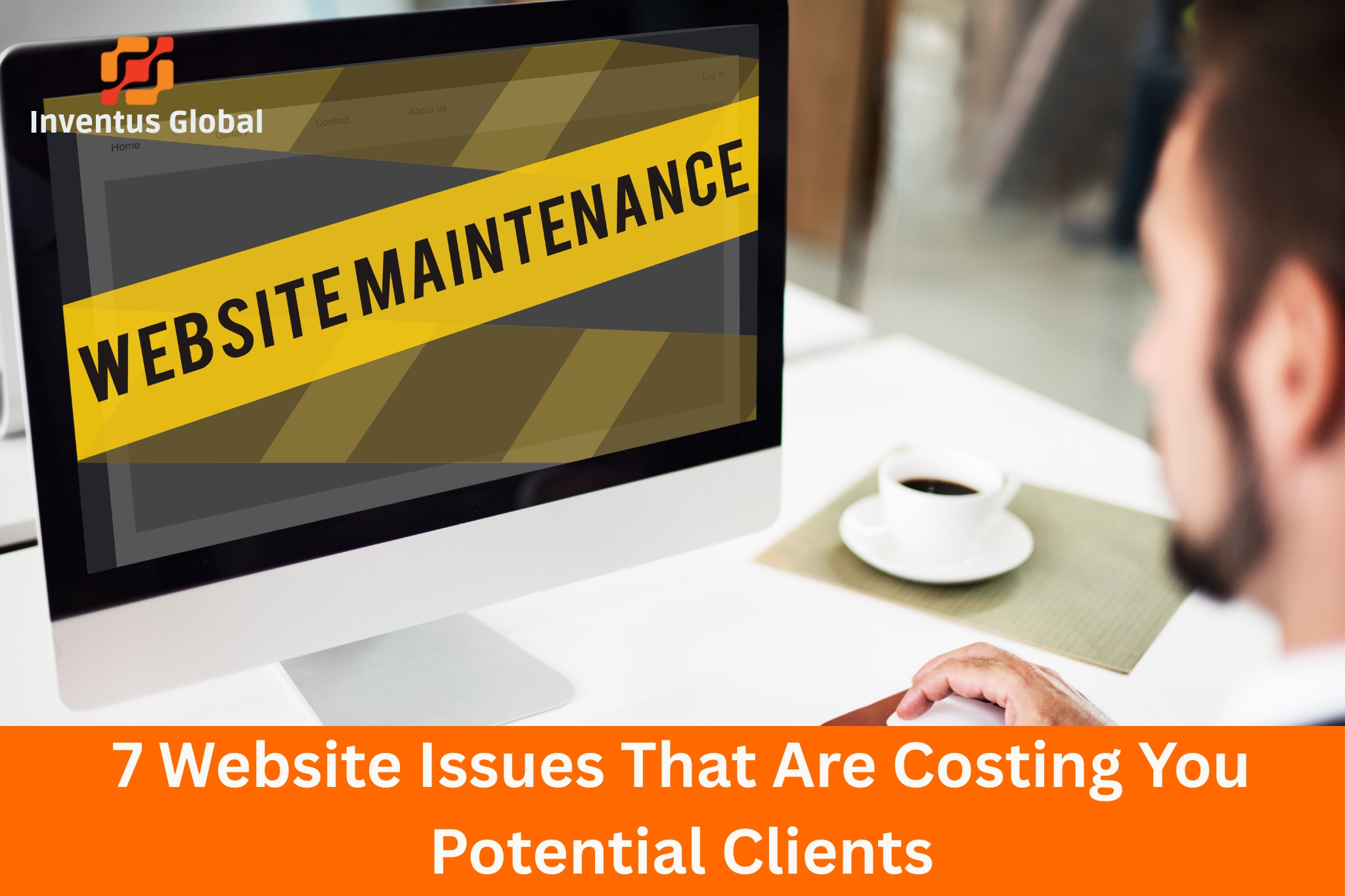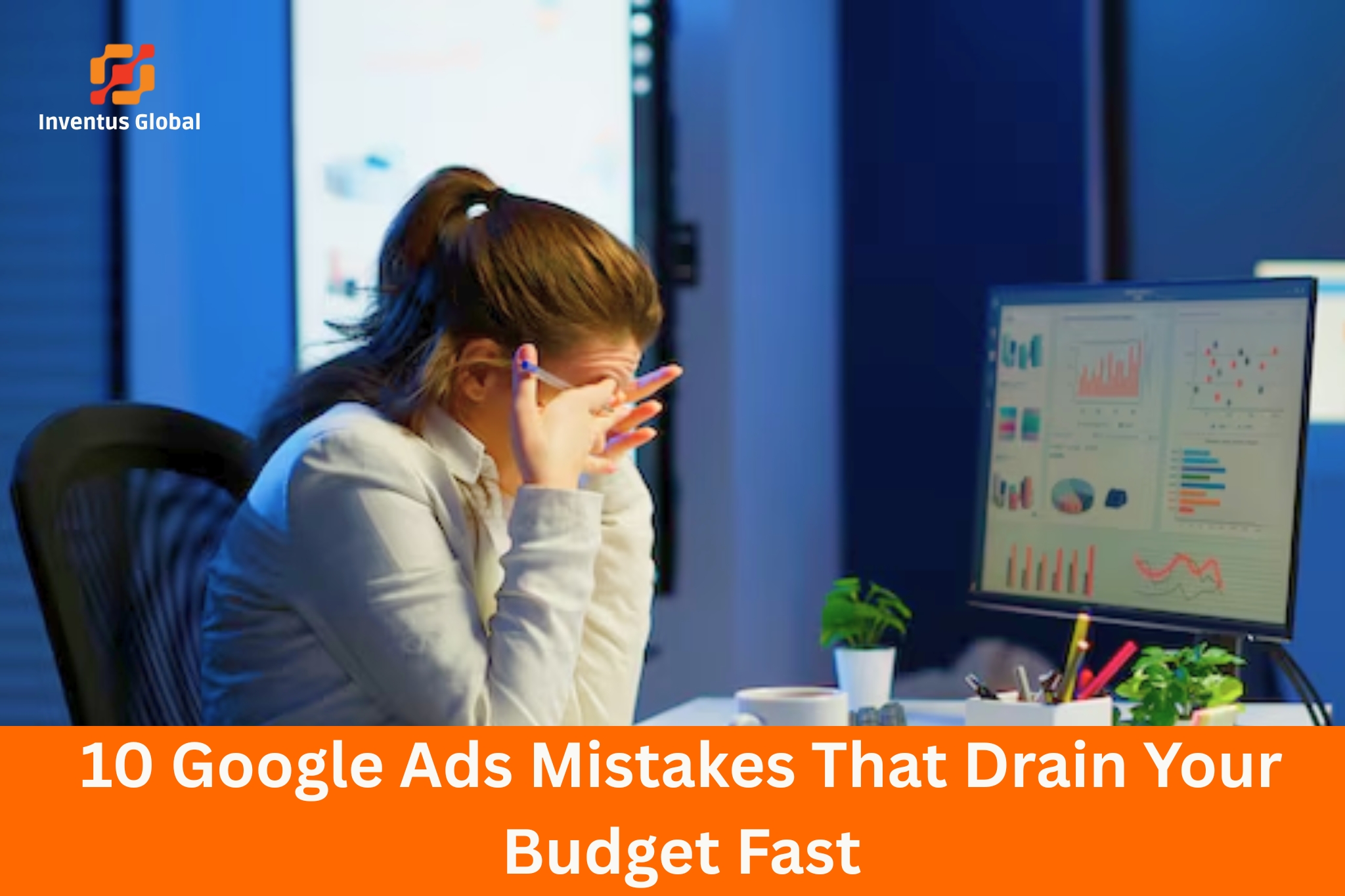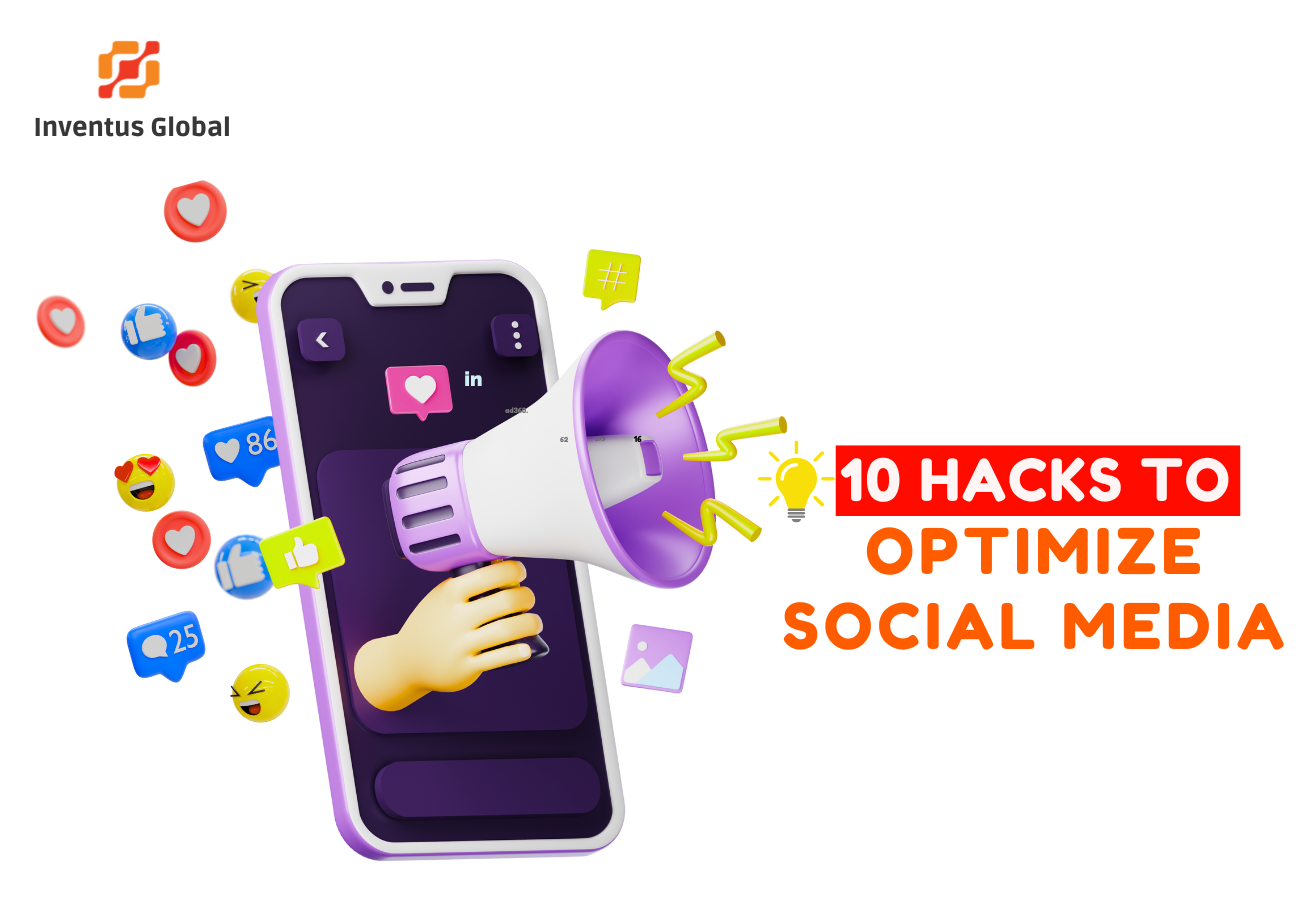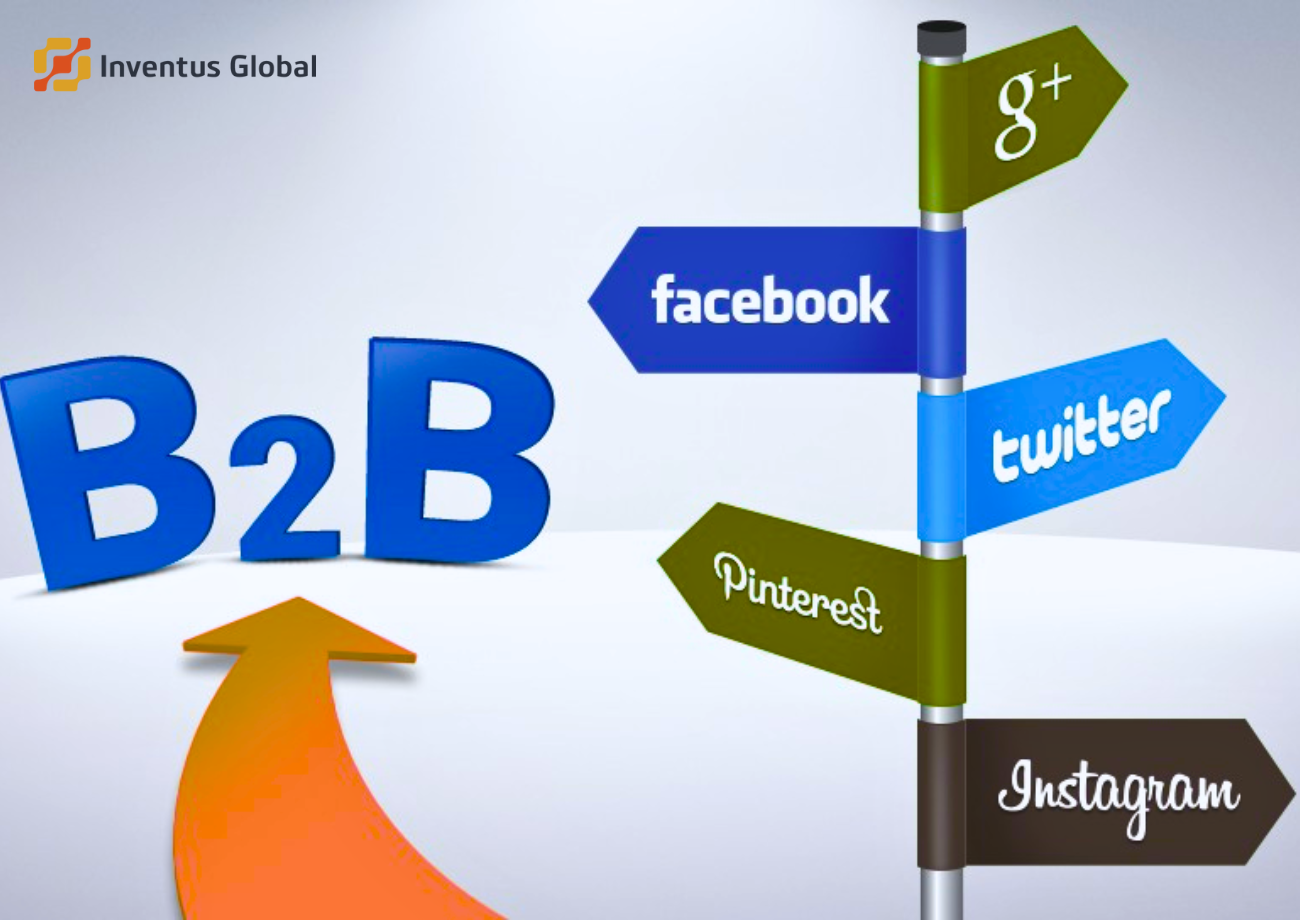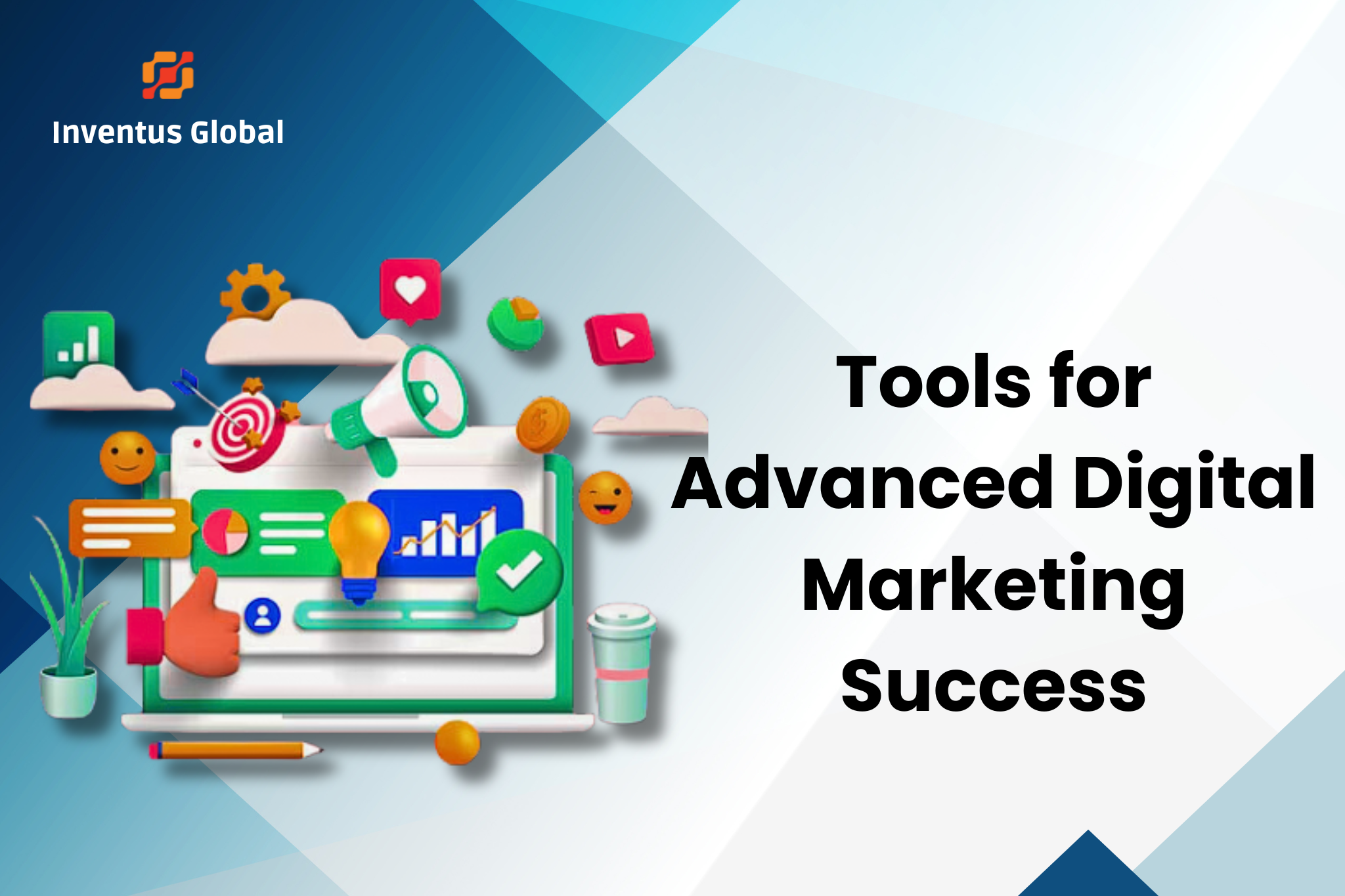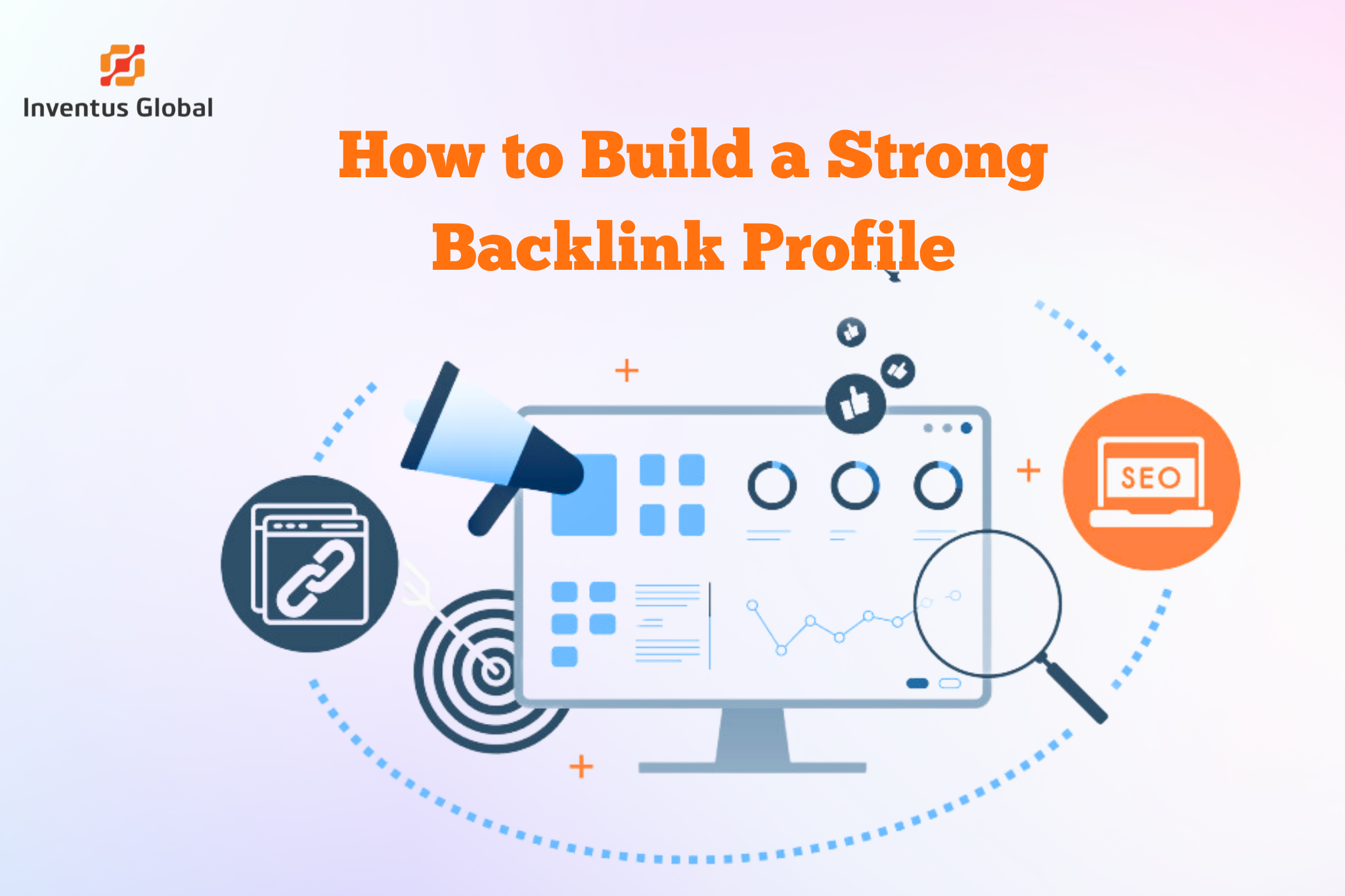Table of Contents
Running ads online can be one of the fastest ways to put your brand in front of potential customers. But many businesses shy away from Google Ads because of one big fear – wasted money. Without a strategy, campaigns can quickly drain budgets without delivering results. That’s why it’s crucial to Set Up a Google Ads Campaign that Doesnt Bleed Budget and focus on long-term, measurable returns.
At Inventus Global, we’ve seen countless businesses either overspend or mismanage campaigns because they lacked a clear plan. By applying structured steps, aligning keywords, and leveraging features like pay per click search and Google Ads smart bidding, companies can ensure their campaigns remain cost effective Google Ads efforts rather than budget burners.
This blog will walk you step by step through creating a campaign that’s efficient, targeted, and scalable. Whether you’re new to advertising or refining your skills, the principles here will help you maximize ROI.
How to Set Up a Google Ads Campaign that Doesnt Bleed Budget
1. Start with Clear Goals
Every effective ad campaign starts with clarity. Ask yourself: What do I want this campaign to achieve? Do you want website traffic, leads, sales, or brand awareness?
Setting goals will determine everything else – from keyword targeting to ad copy to budget allocation. For example, if your aim is sales, you’ll use conversion-focused bidding. If it’s awareness, impressions might matter more.
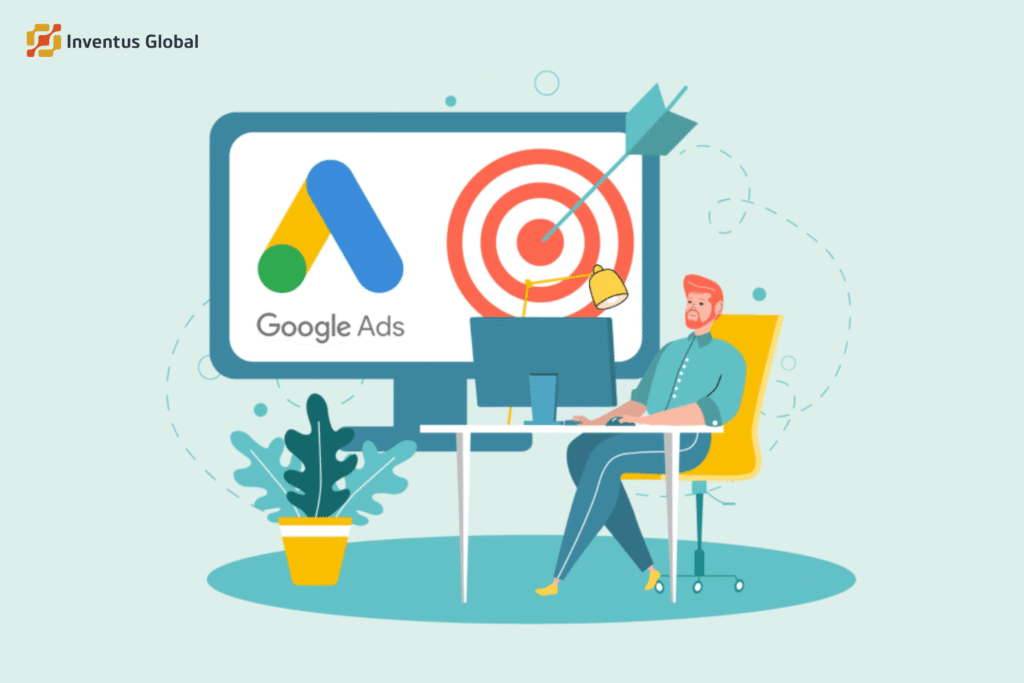
2. Understand Your Audience
Before you spend a single dollar, know exactly who you’re targeting. Google Ads allows you to define your audience by demographics, interests, locations, and devices.
The more specific you are, the less likely you’ll waste money showing ads to people who aren’t interested. For example, if you run a fitness studio in Mumbai, there’s no point in targeting users in Delhi or abroad.

3. Keyword Research Is the Foundation
Google Ads campaigns live and die by keywords. Using pay per click advertising means you’re bidding for visibility. If you target the wrong keywords, your ads may show up for irrelevant searches, draining your budget.
Use tools like Google Keyword Planner to find keywords that balance search volume with intent. Avoid overly broad terms that are expensive but don’t convert. Instead, look for long-tail keywords that indicate buyer intent.
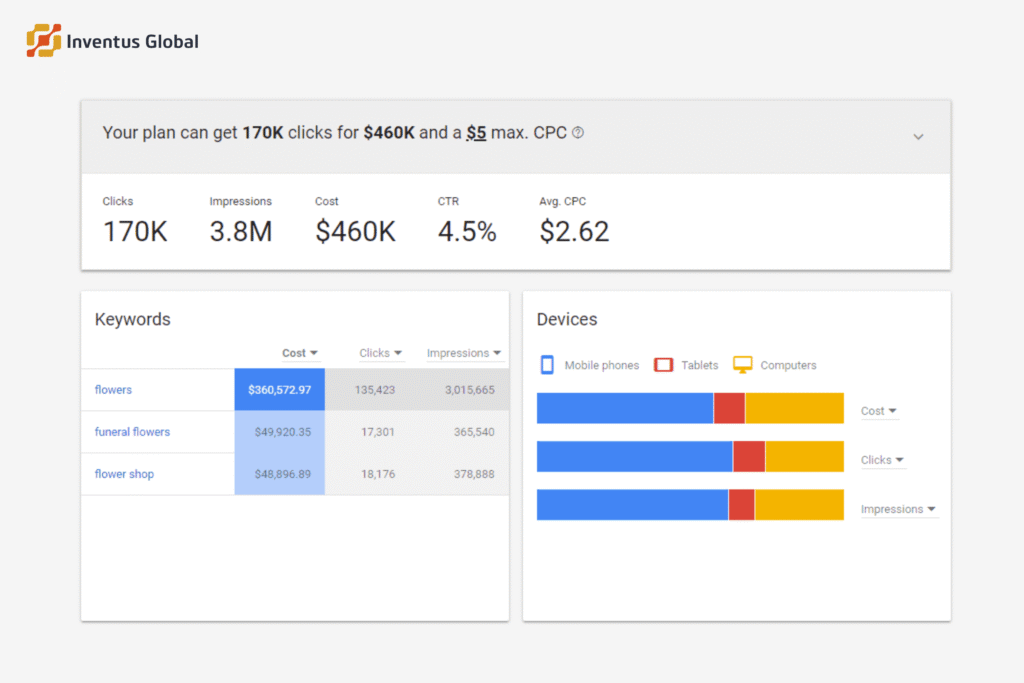
4. Structure Your Campaigns Properly
Messy campaigns lead to messy results. Organize your campaigns into tightly themed ad groups. Each ad group should contain keywords that are closely related, with ad copy tailored to them.
This helps improve your Quality Score, which directly affects your cost per click. A better score means you pay less for more visibility.
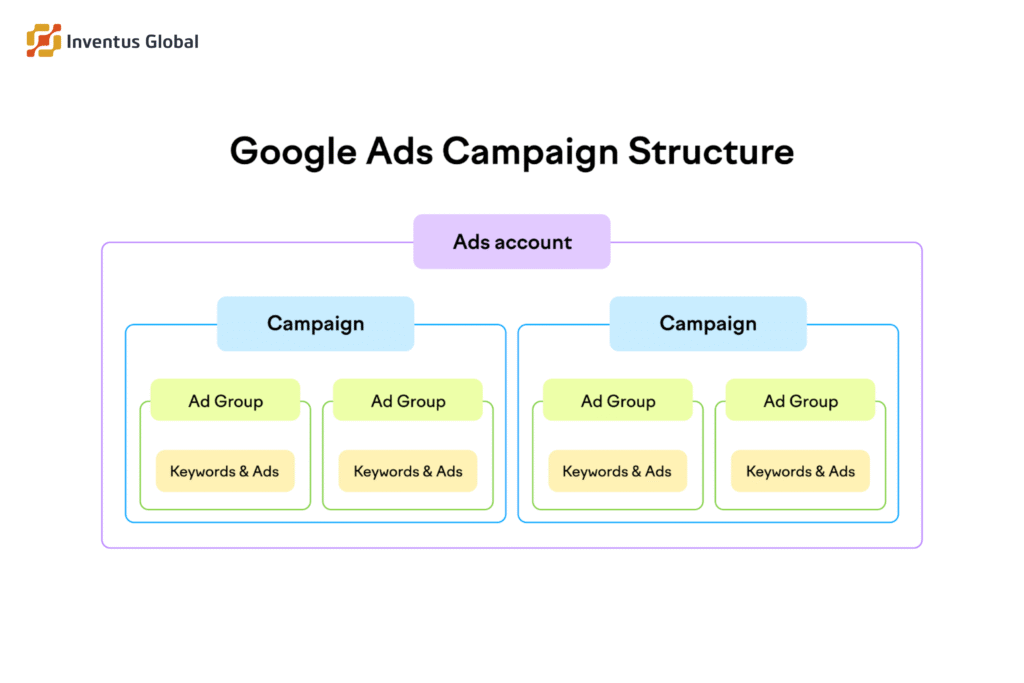
5. Write Compelling Ad Copy
Even with perfect keywords, poor ad copy will waste money. Your ad should:
Speak directly to the user’s intent.
Highlight your unique selling point.
Include a clear call to action (CTA).
Test multiple variations (A/B testing) to see what resonates most. For example, try emphasizing free trials in one version and discounts in another.
Image Suggestion: A split-screen visual showing two ad copy variations and performance results.
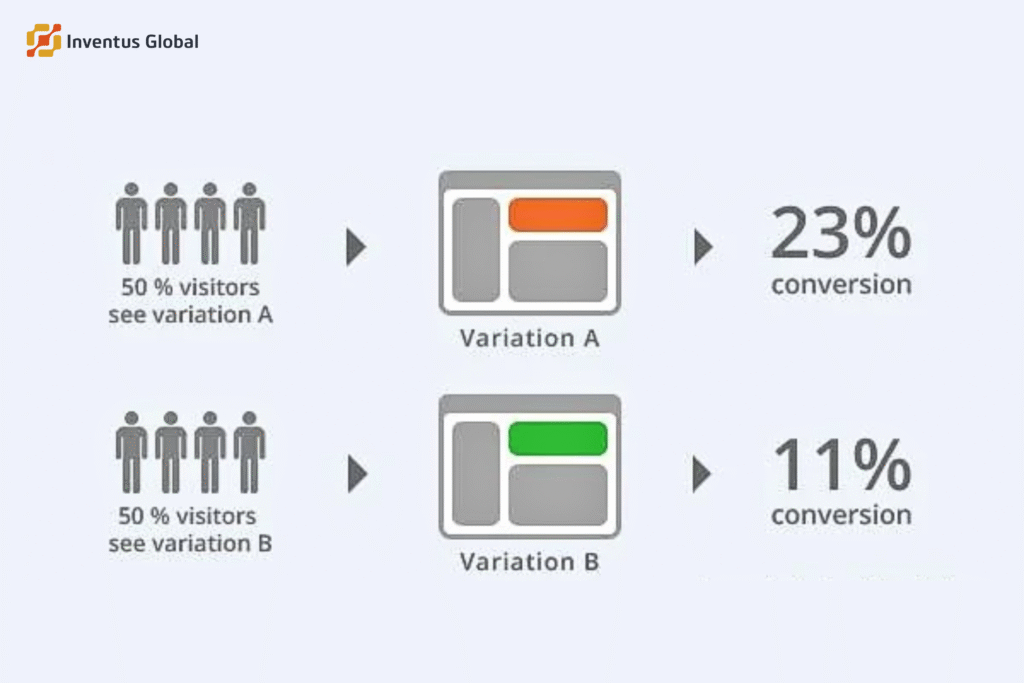
6. Use Google Ads Smart Bidding
One of the most underutilized tools is Google Ads smart bidding. This feature leverages machine learning to automatically adjust bids based on the likelihood of a conversion.
Smart bidding reduces the guesswork and helps ensure you don’t overpay for clicks. Test different Google Ads smart bidding strategies like Target CPA (Cost Per Acquisition) or Target ROAS (Return on Ad Spend) to align with your goals.

7. Optimize Your Landing Pages
A great ad can only take you so far – the landing page needs to seal the deal. Imagine paying for 1,000 clicks but losing 90% because your page loads slowly or doesn’t match the ad promise.
Keep pages fast and mobile-friendly.
Align messaging with your ads.
Add trust signals like reviews, testimonials, and secure checkout badges.
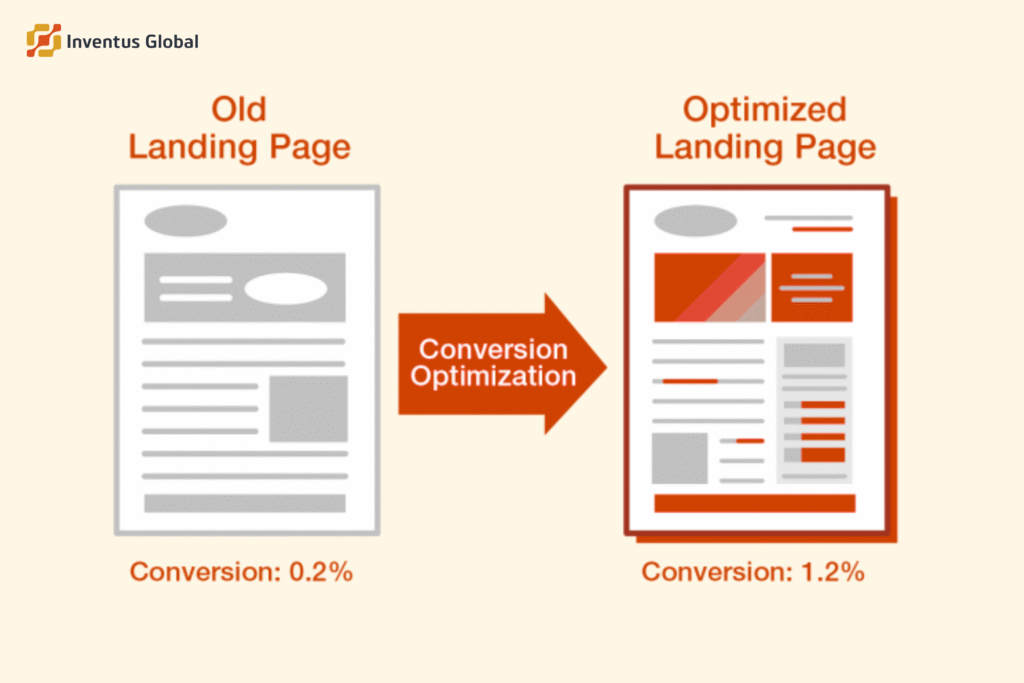
8. Track Conversions Religiously
If you’re not measuring results, you’re guessing. Set up conversion tracking to see which ads, keywords, and campaigns are driving real results.
Google Analytics and Google Tag Manager make this process straightforward. Data-backed decisions mean you can pause underperforming ads and reinvest in high-performers.
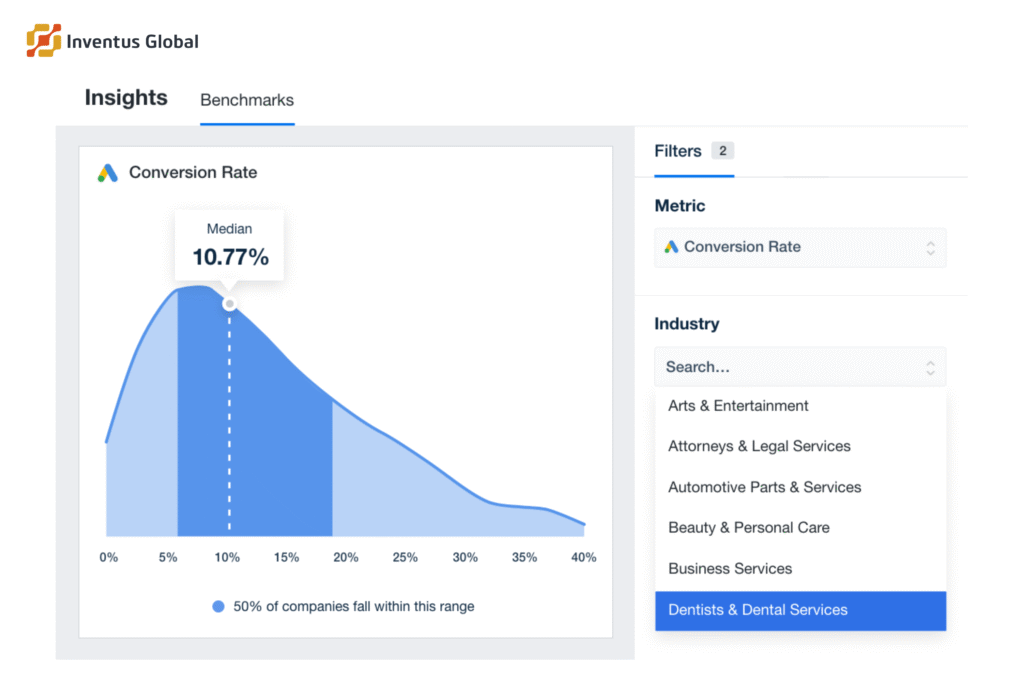
9. Continuous Google Ads Campaign Optimization
Launching the campaign is only the beginning. Regular Google Ads campaign optimization ensures your ads evolve with market trends.
This includes:
Pausing keywords that waste money.
Adjusting bids based on performance.
Refreshing ad copy every few weeks.
Testing new formats like responsive search ads.

10. Set Realistic Budgets and Monitor Closely
Finally, avoid the “set and forget” trap. Even Cost effective Google Ads require constant monitoring. Start small, test, and scale based on results.
For example, instead of blowing ₹50,000 in one month on untested ads, start with ₹5,000, track performance, and increase only when confident.
Conclusion
Setting up Google Ads doesn’t have to feel like pouring money into a black hole. By starting with clear goals, refining your audience, focusing on keywords, and leveraging features like Google Ads smart bidding, businesses can achieve consistent results.
At Inventus Global, we’ve helped brands turn advertising from a cost into a profitable investment. The secret lies in structured planning, ongoing Google Ads campaign optimization, and keeping a close eye on results.
If you’re ready to master how to create Google Ads campaign strategies without draining your funds, start implementing these tips today. Smart decisions today can save thousands tomorrow.
Image Suggestion: Infographic summarizing the 10 steps to building a cost-effective campaign.
FAQs
What’s the biggest mistake businesses make with Google Ads?
Overspending on broad, high-cost keywords without considering buyer intent.
How can smart bidding save money?
Google Ads smart bidding strategies adjust bids automatically based on conversion likelihood, helping you avoid waste.
What makes a campaign cost effective?
Tight targeting, optimized ad copy, and landing pages that convert visitors into customers.
How often should campaigns be optimized?
Weekly reviews are ideal, with major changes every month based on performance.
Can small businesses use these strategies?
Yes pay per click search and simple campaign optimization make Google Ads accessible and effective for small budgets.

